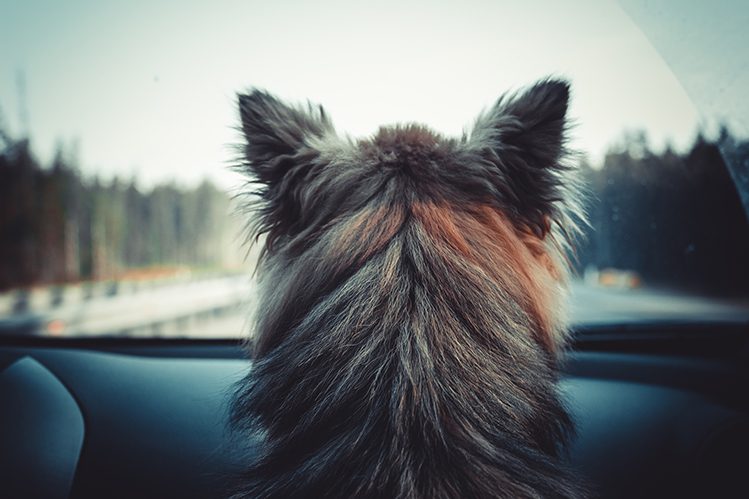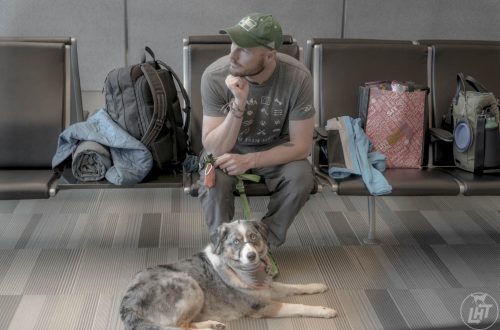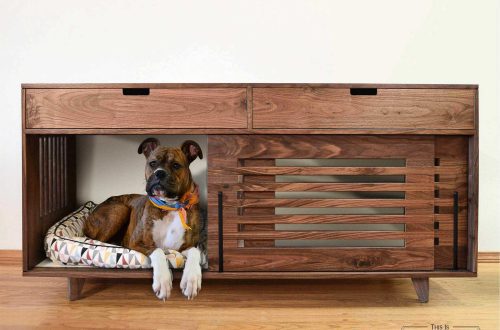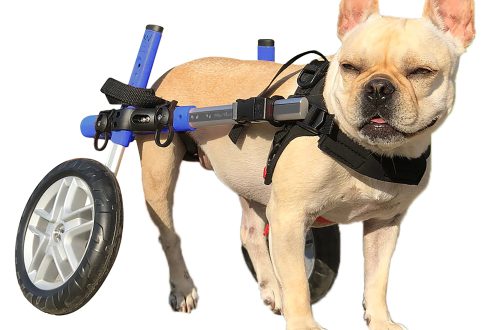
How to train a dog to behave in public transport?
Socialization is an important stage in the life of any dog. Socialization can begin immediately after the end of the vaccination quarantine. It is during this period that the pet must be taught the rules of behavior in crowded places and transport (bus, train, tram and many others). Some owners begin to worry that transporting dogs by public transport can cause severe stress for the baby or be an insurmountable obstacle in the future. Someone fears that other passengers may react negatively to the pet. But having instilled in the dog the norms of behavior in advance and following the simple rules for transporting dogs, you can not worry about comfortable travel.
The main thing to remember is that you will need patience, diligence and a lot of tasty treats. Instead of treats, especially for small puppies, regular food can be used. So you will spend the meal also with the benefit of learning.
What you need to know
It is necessary to act with socialization gradually. You must be calm and confident at the same time, then your pet will completely trust you and the training will go smoothly and easily.
It is worth starting to accustom a pet to behavior in public transport from 4-5 months. By this time, the four-legged friend should be able to concentrate on the owner, have motivation (food or play), walk calmly on a leash (ideally on the command “near”), allow you to put on a muzzle and be in it for a while, and know the minimum set of basic commands.
The muzzle should be such that you can treat your student with treats while wearing it.
The collar should be appropriate for the age and not cause discomfort, but at the same time it should not lie on the shoulders of the dog. A prerequisite for the initial exits to the city is a check of ammunition. The collar must not be removed from the dog over the head. The leash should be comfortable for you (preferably on a rubber base) and be your assistant in managing the dog. Choose the length so that you can easily both dissolve it and collect it in your hand.
Carry your dog’s favorite treats with you during training and on subsequent trips.
The preferred time for the first lessons is the least busy route with a stream of people, good weather and a calm state of the baby.
If the puppy refuses to approach any place on the road or transport, gently cheer up, switch the dog’s attention to yourself and treat him with a treat. Try to reinforce the positive behavior with treats, if the puppy doesn’t take it and keeps getting stressed out, go back, calm the puppy down and try to continue on your way next time.
- Be sure to remember that dogs easily pick up any of your emotions, so only train when you yourself are ready for it.

To prepare your pet for travel in public transport, you need to go through several stages.
1 stage
Set aside one week to introduce your four-legged friend to a busy street.
Plan your walks when there are fewer people.
Take walks at a calm pace, allowing the puppy to sniff everything around, look around, get used to the flow of people and vehicles. Be sure to keep your puppy on a leash.
Reinforce social behavior with treats. Remember that a puppy is a child and play is important to him. Arrange catch-ups for a piece of goodies. This will distract the puppy from extraneous loud sounds, and gradually he will get used to the new conditions of walking on the streets. Do this exercise every time you notice that the baby begins to tense up and be afraid of a new sound.
2 stage
When the stage of acquaintance with the streets has been successfully completed, you can proceed to acquaintance with the stops. Do this at the least crowded time so that the puppy has the opportunity to sniff and inspect everything calmly. To help you all the same running piece. Try to visit the bus stop with the approaching transport and opening the doors. In this way, the new sounds will become familiar to the puppy and the next stage will be easier.
If the first time it is not possible to pass the stage of acquaintance with the bus stop, you should play, feed and return to it on the next walk.
The stage is considered completed if the puppy sits quietly next to you and watches the passing buses without trying to run away or catch up with the people getting into it.
Gradually take such walks at different times of the day so that the puppy gets used to the lighting, noise, the flow of people and vehicles.
3 stage
When the pet feels confident on a crowded street and stopping at different times of the day, you can move on to getting to know the transport itself.
Spend the first trips with a duration of one or two stops and at the quietest time, when there are at least people in transport. Try to go through the doors with a large spacious area and fix on it for a while. So the pet will get used to the movement of vehicles and will be able to adapt to it.
Gradually diversify the route with the duration of trips and time of day.
If the baby begins to sway, leave the vehicle. Take cleaning supplies with you on these trips. It will take more than one trip for the baby’s vestibular apparatus to get used to new sensations.
If your dog is severely motion sick and you cannot drive two stops, contact your veterinarian. He will recommend safe pills for motion sickness.
Entry and exit to the vehicle must be carried out through wide doors so that the pet is always near you.
If your four-legged friend is small, carry it in your arms or in a carrier bag.
If the pet is medium or large, sit him next to him during the movement and keep him on a short leash.
Do not forget to reinforce the correct behavior with a delicacy and, of course, stroke your friend, say kind words to him. All sorts of rewards will help the pet get used to this way of spending time faster.
When short trips are mastered, you can choose a long route. Take your puppy’s favorite toy with you (preferably a few). An excellent choice is toys filled with goodies (for example, Kong “snowmen”). The puppy will be so diligent in getting his favorite treats out of the toy that he won’t notice when the trip is over!
- Remember that each trip must be accompanied by the obligatory presence of a muzzle and a leash in order to avoid incidents with other passengers.

By gently introducing your pet to public transport and following the simple rules of transportation, you can easily travel with your happy team.
We wish you and your four-legged friend a pleasant journey!





